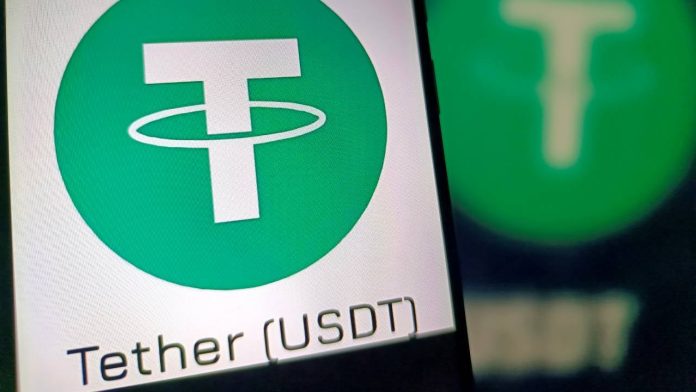Tether’s Market Cap Explained: Why It Matters
In the ever-expanding world of cryptocurrency, Tether (USDT) consistently stands out—not because of wild price swings, but because of its sheer size and influence. Central to understanding Tether’s role is its market cap, a metric that measures the total value of all USDT tokens in circulation. But why does Tether’s market cap matter so much, and what does it reveal about the broader crypto ecosystem? Let’s dive into what the Tether market cap really means and why it’s critical to track.
At its simplest, a cryptocurrency’s market cap is calculated by multiplying its current price by its total circulating supply. Since Tether is designed to maintain a steady value of about $1 per token, its market cap is essentially equivalent to its total USDT supply. If Tether issues more tokens, its market cap rises; if tokens are redeemed and taken out of circulation, the market cap falls.
Unlike volatile cryptocurrencies like Bitcoin or Ethereum, Tether’s market cap doesn’t fluctuate wildly based on price swings. Instead, it changes based on how much demand there is for USDT. When demand for a stable, easily tradable digital dollar rises—during bull markets, crashes, or periods of intense trading—Tether often mints new tokens to meet that demand. Conversely, during quieter periods or after large withdrawals, the supply (and thus market cap) can shrink.
One reason why Tether’s market cap matters is because it is a direct signal of liquidity in the crypto markets. A high and growing USDT supply suggests that traders, investors, and institutions are actively parking capital in crypto, ready to deploy it into assets like Bitcoin, altcoins, DeFi projects, or NFTs. It also means there’s ample liquidity available, making it easier to execute large trades without causing massive price disruptions.
Beyond liquidity, Tether’s market cap is a measure of stablecoin dominance—the influence stablecoins have over the broader crypto market. Tether remains the largest stablecoin by market cap, even as competitors like USDC, DAI, and newer entrants like USDP have entered the scene. The dominance of USDT shows that, despite concerns over transparency or regulatory scrutiny, a massive portion of the crypto economy still relies heavily on Tether for trading, settlement, and liquidity.
This dominance also gives Tether significant influence over crypto market behavior. When Tether’s market cap rises sharply, it often precedes periods of increased market activity and higher asset prices. When Tether’s supply stagnates or falls, it can signal waning investor interest or preparation for market downturns. Savvy traders watch Tether’s supply movements closely as a leading indicator of future crypto volatility.
There are also important regulatory angles to consider. With a market cap regularly exceeding tens of billions of dollars, Tether operates at a scale large enough to attract attention from financial regulators around the world. Questions about reserve backing, audit transparency, and systemic risks have led to calls for greater oversight of stablecoins like USDT. How Tether manages its reserves and maintains trust at scale is a key factor in the broader push to integrate crypto into regulated financial systems.
Of course, Tether’s market cap is just one part of a larger puzzle. It doesn’t reveal everything about its health, such as the exact composition of reserves or counterparty risks. That’s why combining market cap analysis with insights from reserve reports, redemption activity, and broader stablecoin trends gives a fuller picture of Tether’s role in the crypto ecosystem.
In conclusion, Tether’s market cap is much more than a number—it’s a window into the liquidity, sentiment, and stability of the entire cryptocurrency market. Whether you’re trading, investing, or simply observing, keeping an eye on USDT’s supply and growth trends can provide powerful insights into where the market might be headed next.








